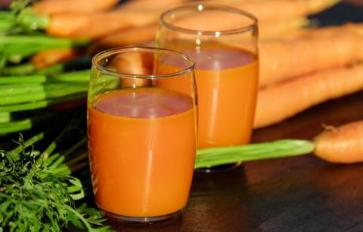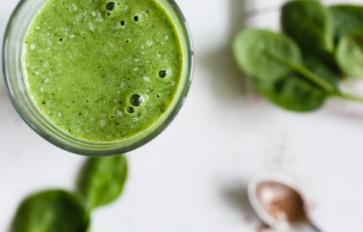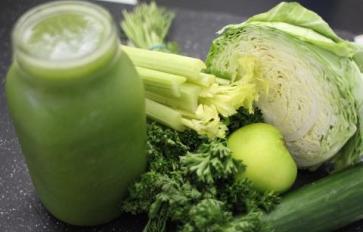
Juicing for Beginners: How to Get Started the Right Way
Juicing is a healthy trend that you’ve likely heard about. Though it’s not a recent invention, its popularity has surged recently. Juice stands are appearing on street corners across the country and many of us have brought juicers into our own homes, making it a daily habit.
What is at-home juicing, and why is it any different from buying juice from the supermarket? For starters, by making our own juice, we have total control and transparency when it comes to ingredients. Commercial juices can be full of preservatives, and extensive processing removes a lot of the natural goodness.
With juicing at home, we can choose from an endless variety of fresh fruits, vegetables, herbs, raw spices, and other ingredients to make nutrient-rich tonics that have impressive effects on health and wellness. Want some more ginger, or less garlic? Selections and potential combinations are not limited to those on the shelves.
Basmati.com is releasing a series on juicing that provides readers with everything they need to know to safely, and knowledgeably, hop on the juicing train! If you want to know what all the fuss is about and if juicing really lives up to the hype, I’m going to explain everything in this series. I’ve been juicing for a few years now, and am eager to share my wonderful experience with as many people as possible.
Have you thought about juicing, but just don’t know where to start? I’ll cover the basics here, too. From potential health benefits to what type of juicing machine is best, we’ll go over all of it here.
Why Juice?
Do you eat the recommended 6 to 8 servings of fruit and vegetables every day? Even if you do, it can become such a chore. On an average day, it can be quite a challenge to take in the complete fruit and vegetable recommendations.
Unless you’re a master chef, it can be tricky to cook 6-8 servings of veggies in a flavorsome and appetizing way every day. It’s even harder if you’ve got picky little mouths to feed. I often feel that there isn’t enough time in the day to fit in all of this food.
As it turns out, this is a common issue. One study conducted by the CDC found that 76% of adults didn’t eat enough fruit, and 87% of adults didn’t eat enough vegetables.
We know how important it is to our health to eat our fruits and veggies. It’s been drilled into our heads our whole lives. The recommended daily amounts have even increased in our lifetimes! I think this is a big reason why many people juice. It makes it much easier to consume plenty of nutritious fruit and veg.
Is Juicing Better Than Eating Whole Fruits and Vegetables?
Some juicing proponents insist that juicing is better for you than eating whole fruits and vegetables. Their reasoning is that the nutrients are more easily absorbed by your body in liquid form rather than solid, whole fruit or vegetable. Some people even say that juicing “rests” your digestive system.
However, science doesn’t really support the idea that your body is more capable of absorbing nutrients from juice. Health organizations like the Mayo Clinic maintain that there is no evidence that juicing provides your body with more nutrients. In fact, a very important element - namely fiber - is lost in juicing.
While juicing may not be better or more nutritious than eating whole foods, it’s a great way for those of us who have a hard time eating enough fruits and vegetables to squeeze them all in. Juicing can be a great way to supplement your vegetable intake to reach your daily goals, without completely replacing eating whole fruits and vegetables. This way, you can preserve fiber in some of your servings, while sneaking the rest in via juicing. It’s important to eat some whole foods for fiber, but juicing can definitely help you get in your 6 to 8 recommended servings.



